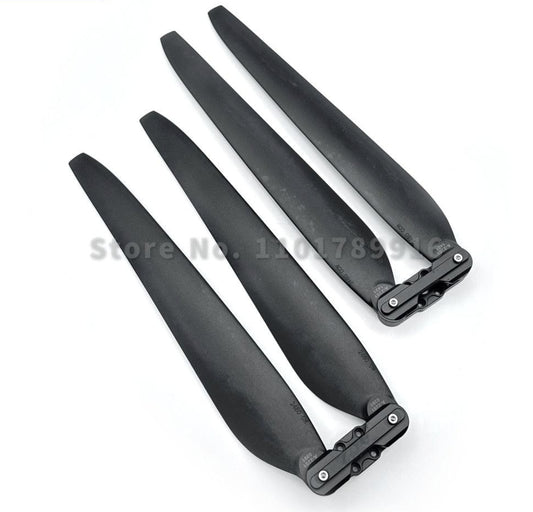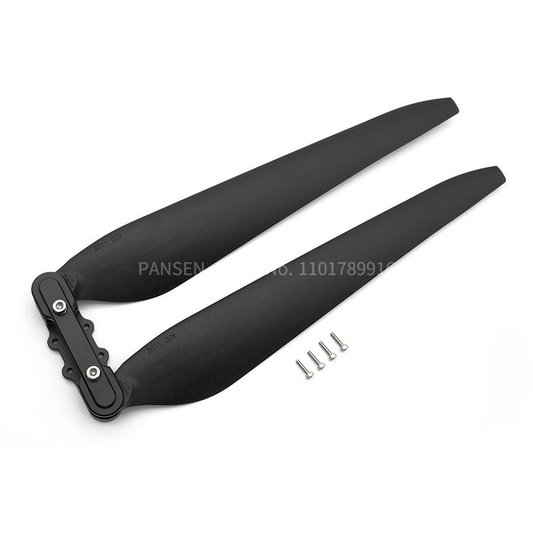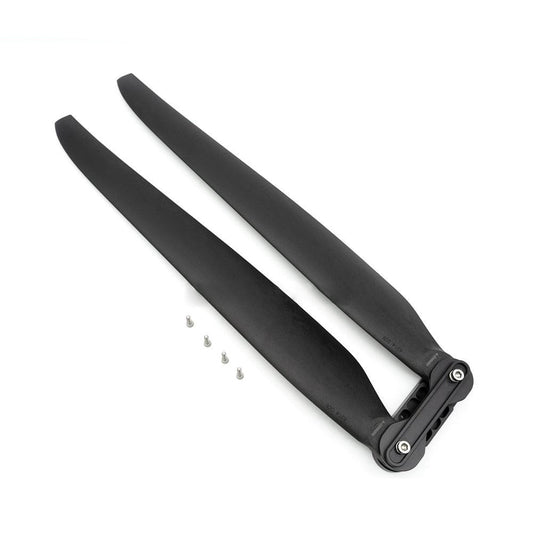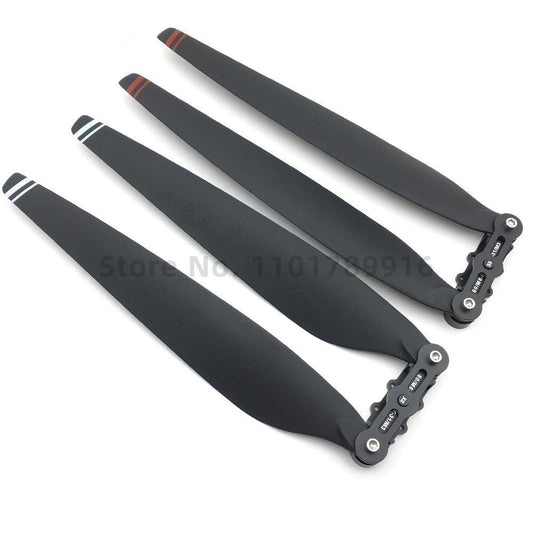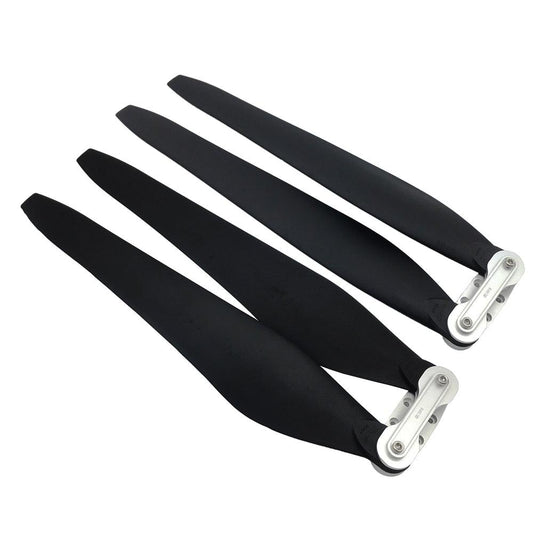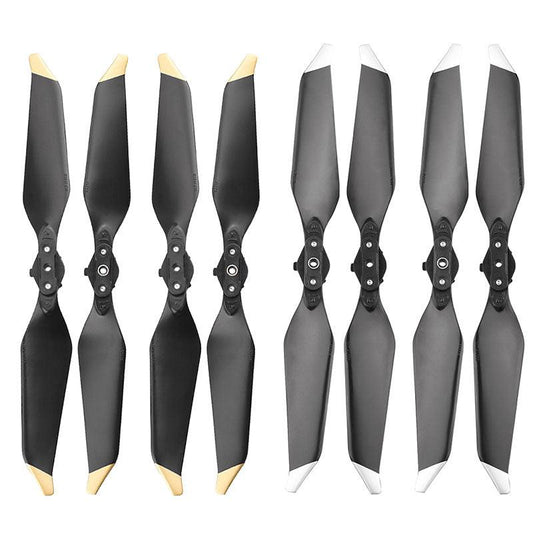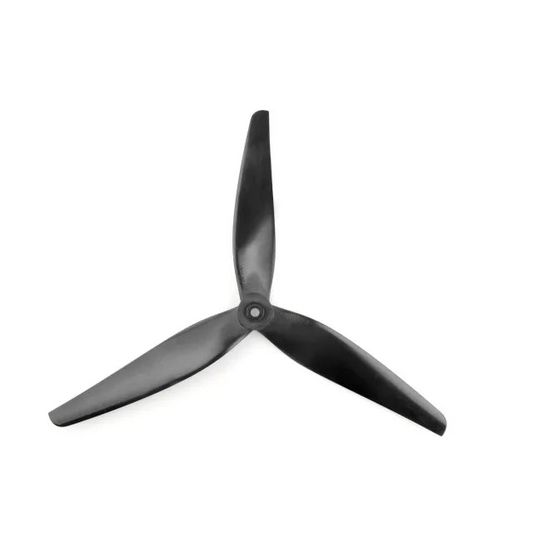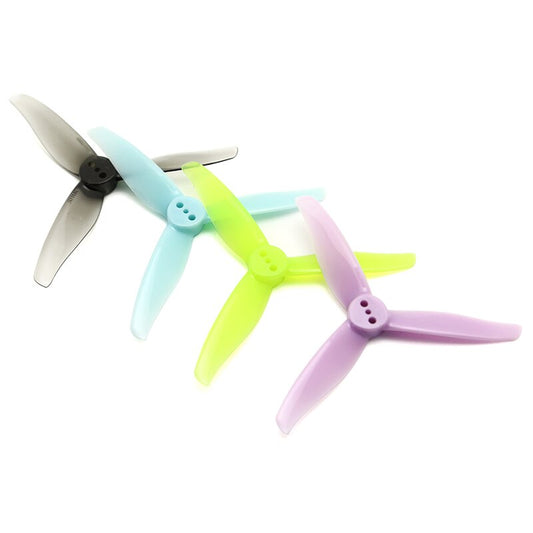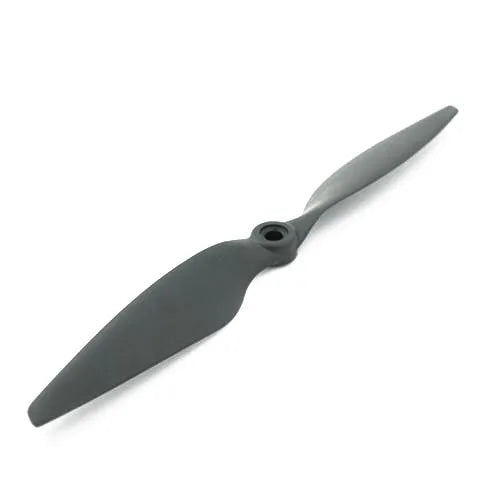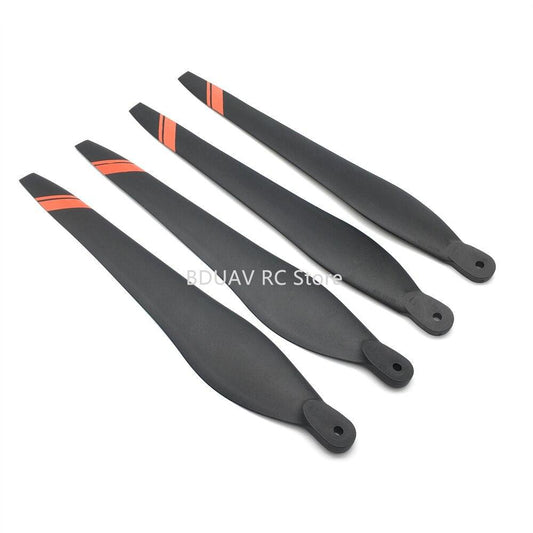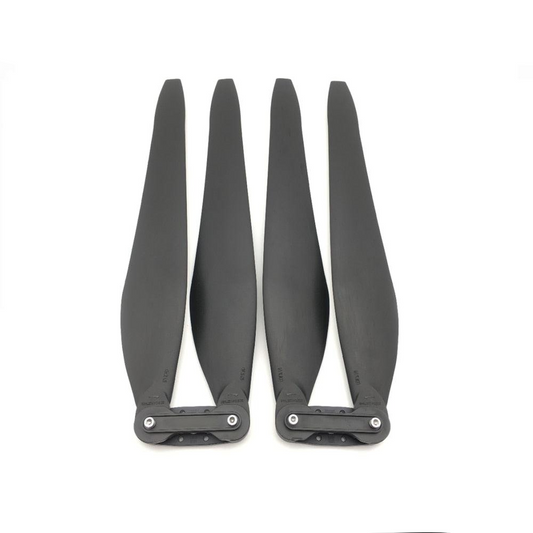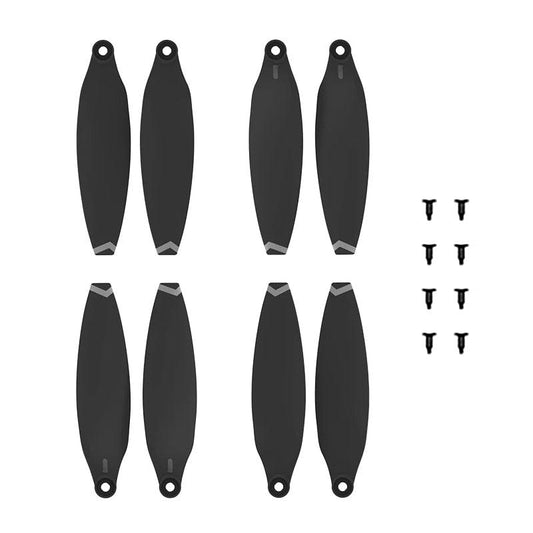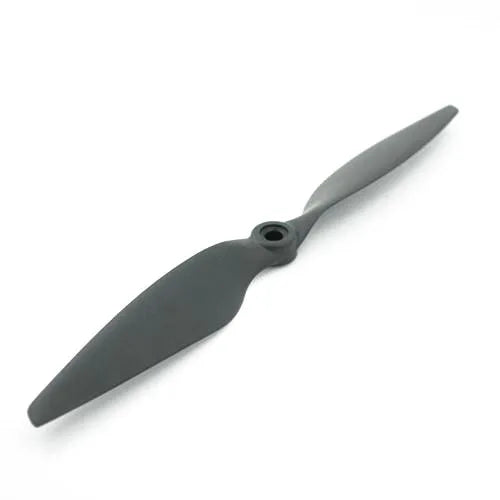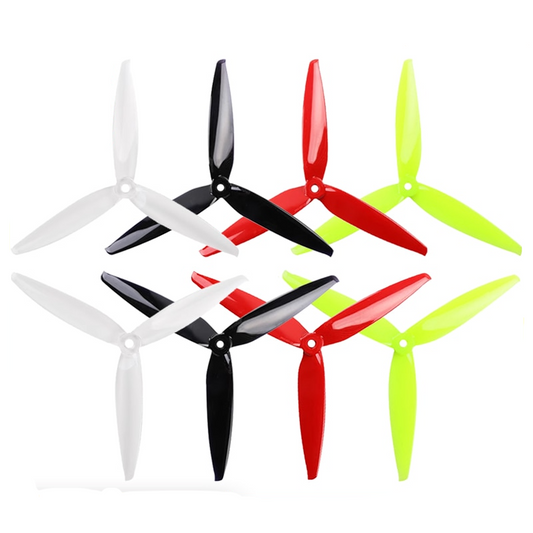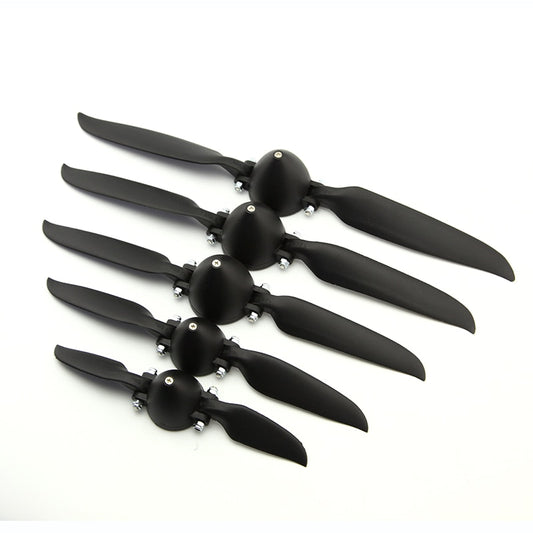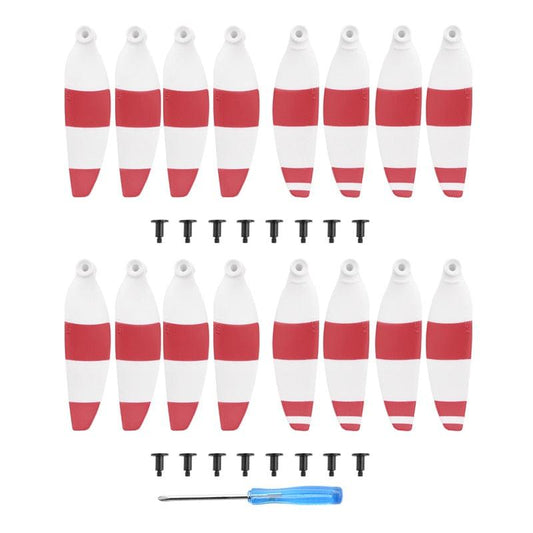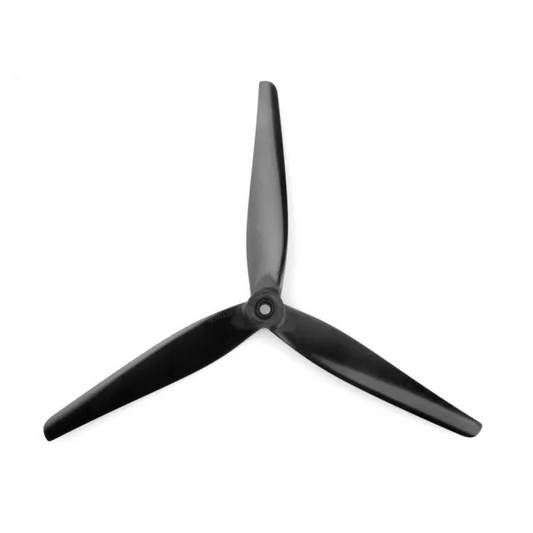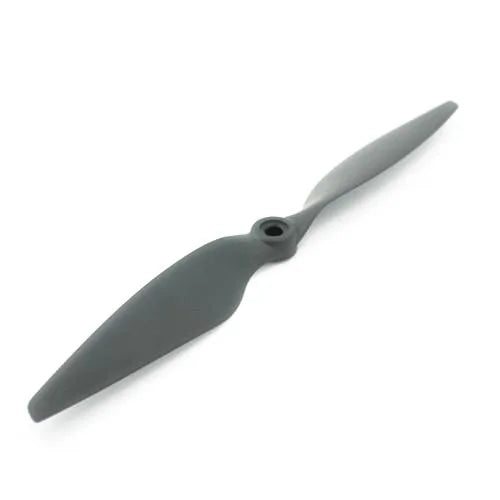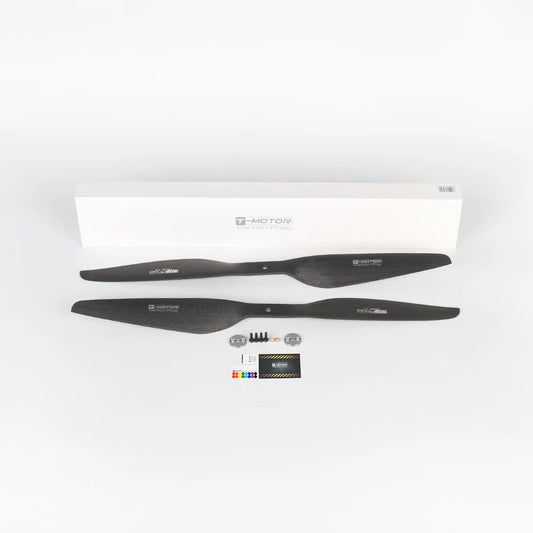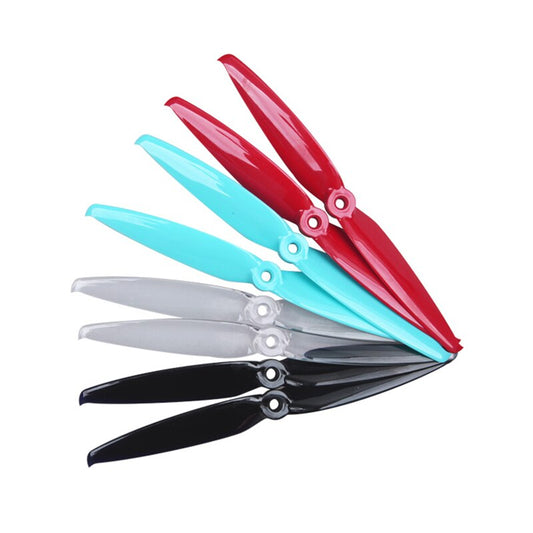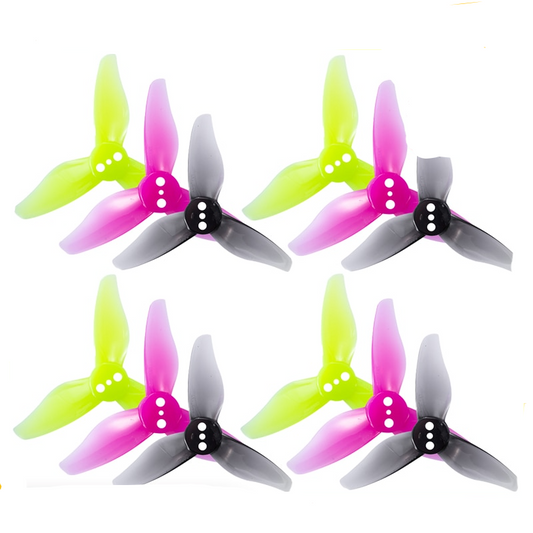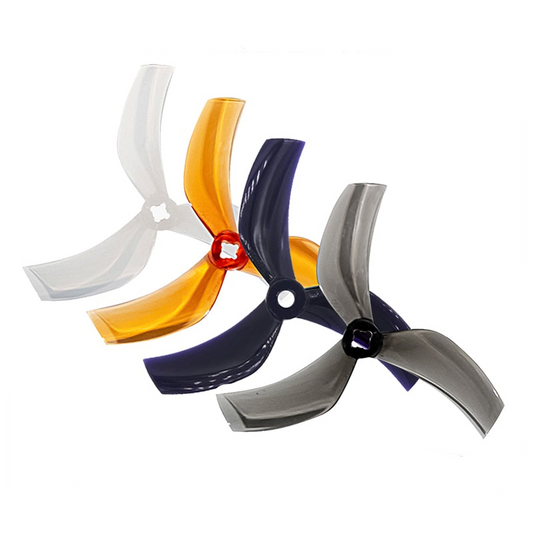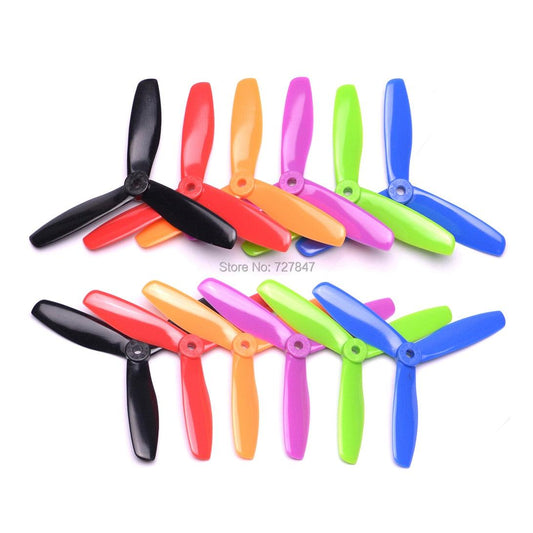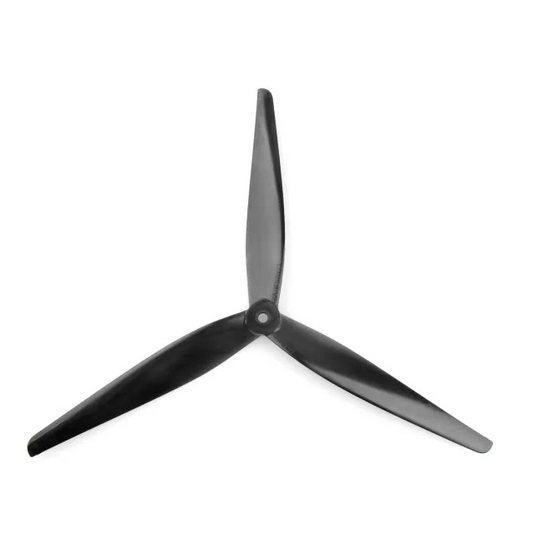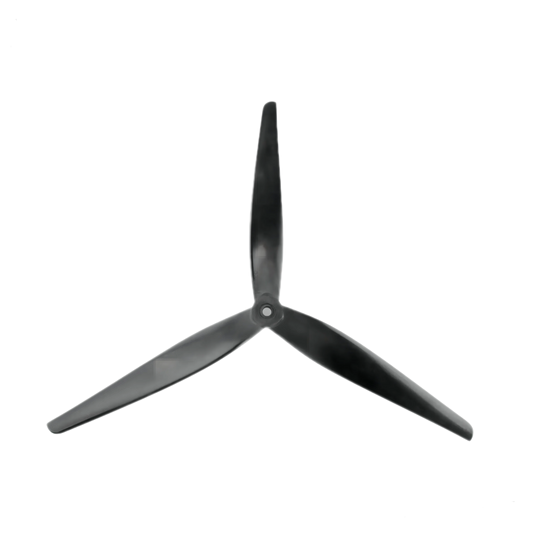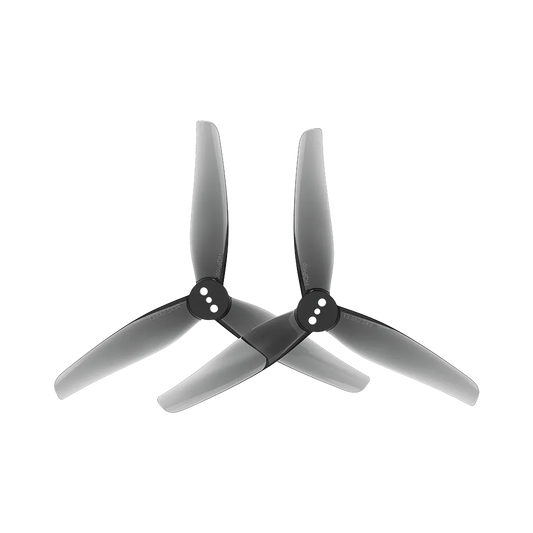Drone propeller by diameter
-

1-3 Inch Drone Propellers - Micro & Tinywhoop FPV
Explore our 1-3 inch drone propellers collection designed for micro drones like...
-

3-5 Inch Drone Propellers – FPV Freestyle & Racing
Discover high-performance 3-5 inch drone propellers for FPV freestyle and racing drones....
-

6-10 Inch Drone Propellers – Mini Drones & Mapping
Browse our 6-10 inch drone propellers for versatile applications in aerial photography,...
-

11-20 Inch Drone Propellers – Mapping & Surveying UAVs
Our 11-20 inch drone propellers are ideal for medium-sized UAVs used in...
-

21-36 Inch Drone Propellers – Agriculture & Industrial UAVs
Shop high-performance 21-36 inch drone propellers designed for agriculture and industrial drones....
-
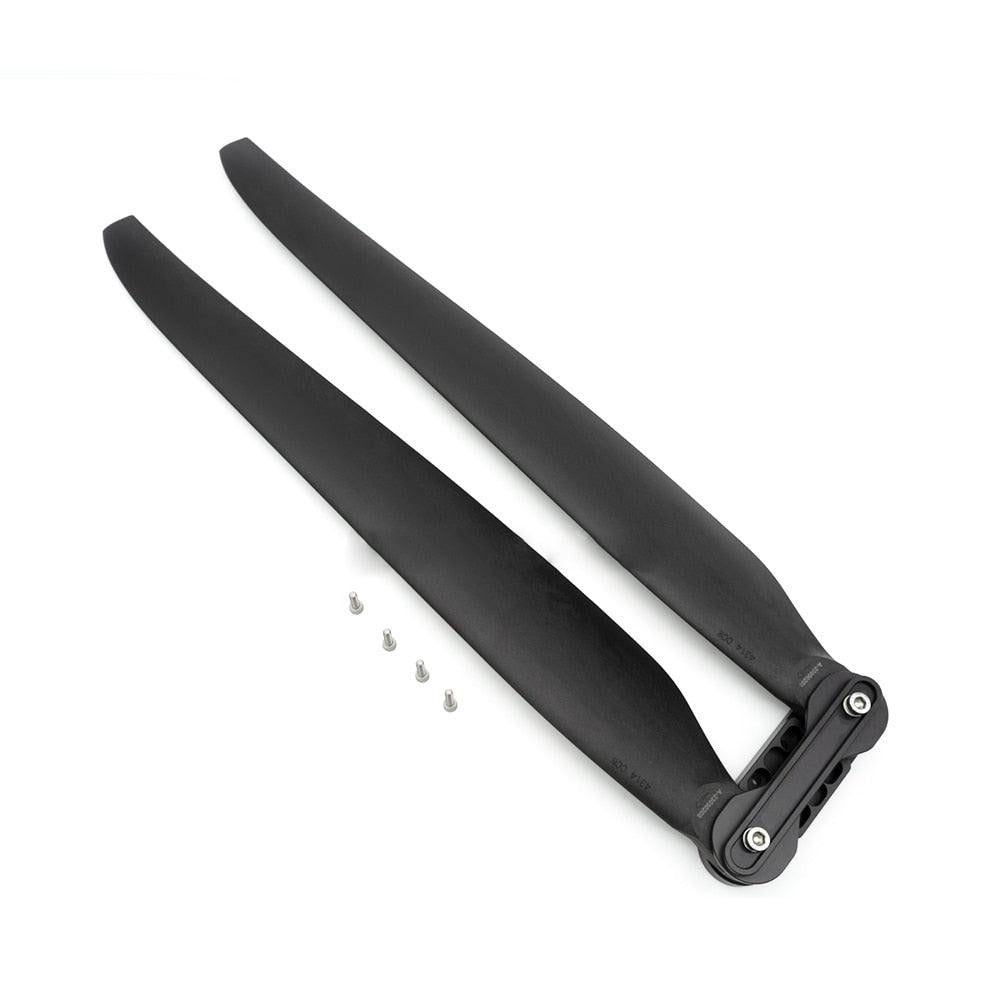
Over 36 Inch Drone Propellers – Heavy-Lift Drones & Large UAVs
Explore our over 36 inch drone propellers designed for heavy-lift drones and...
By Drone Propeller Type
-

3 Blades Propeller
This collection features premium 3-blade propellers from GEMFAN, DALPROP, HQProp, T-Motor, and...
-

FPV Drone Propeller
The FPV Drone Propeller collection features a wide variety of high-quality propellers...
-

Quick Release Propeller
The Quick Release Propeller collection offers a variety of high-quality propellers for...
-

Agriculture Drone Propeller
Our Agriculture Drone Propeller collection features high-performance carbon fiber and composite folding...
-

Industrial Drone Propeller
Discover the ultimate selection of Industrial Drone Propellers designed for high-performance UAVs. Our...
-

Big Drone Propellers
Big Drone Propellers – Heavy Lift Carbon Fiber Propellers for Agriculture &...
-

Carbon Fiber Propeller
The Carbon Fiber Propeller collection features a wide range of high-performance propellers...
By Drone Propeller Brand
-

Gemfan Propeller
Gemfan propellers are trusted by FPV pilots and RC enthusiasts for their...
-

HQProp Propellers
HQProp is a leading RC propeller manufacturer specializing in high-performance propellers for...
-
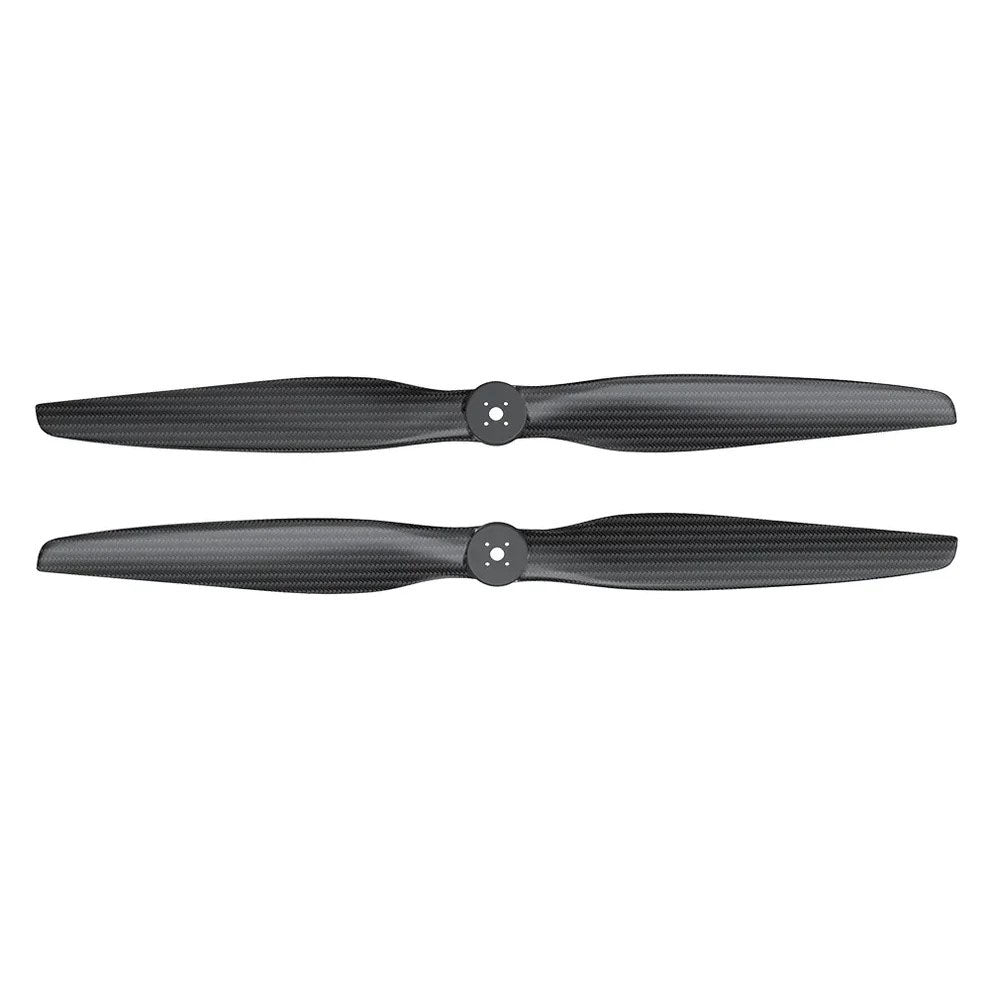
T-Motor Propeller
T-Motor Propeller offers a wide range of high-quality carbon fiber and polymer propellers...
-
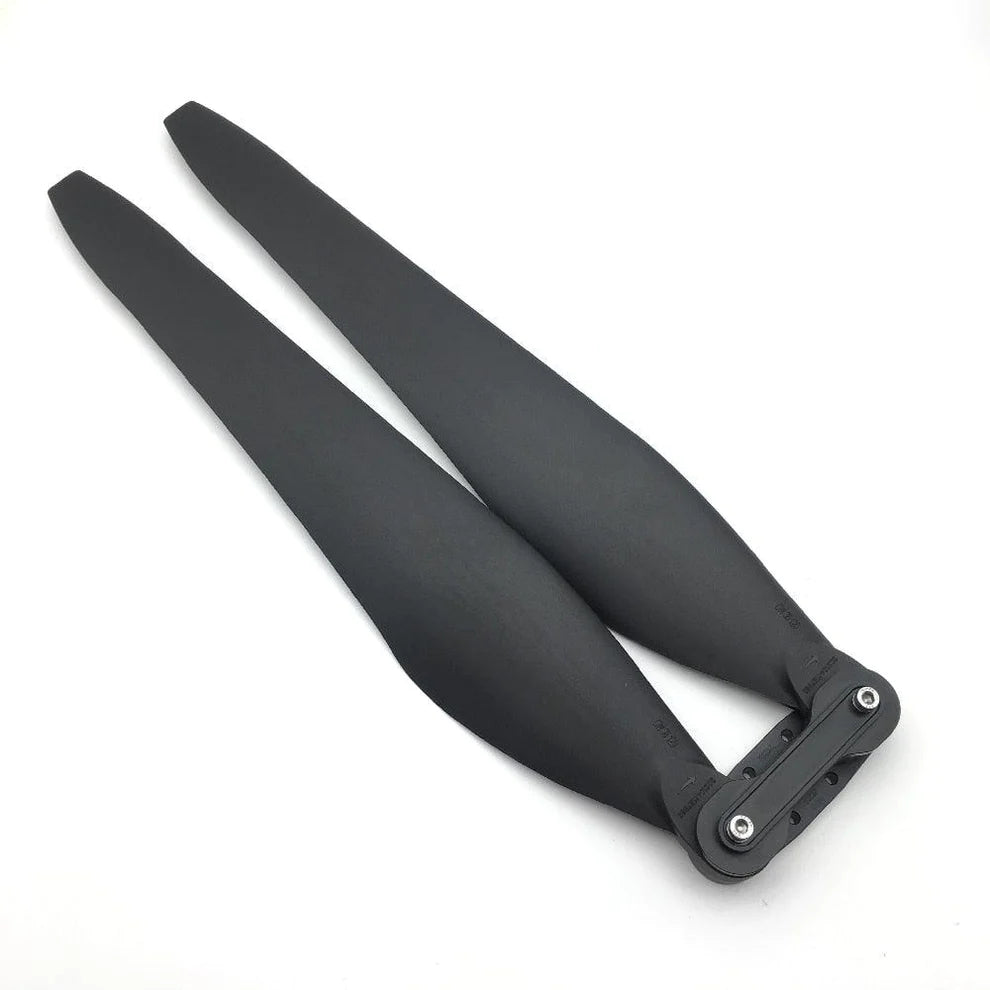
Hobbywing Propeller
Hobbywing Propeller series features high-efficiency folding propellers made from advanced carbon...
-

Tarot Propellers
Tarot Propellers, also known as Tarot-RC, deliver high-performance solutions for multirotor drones,...
-
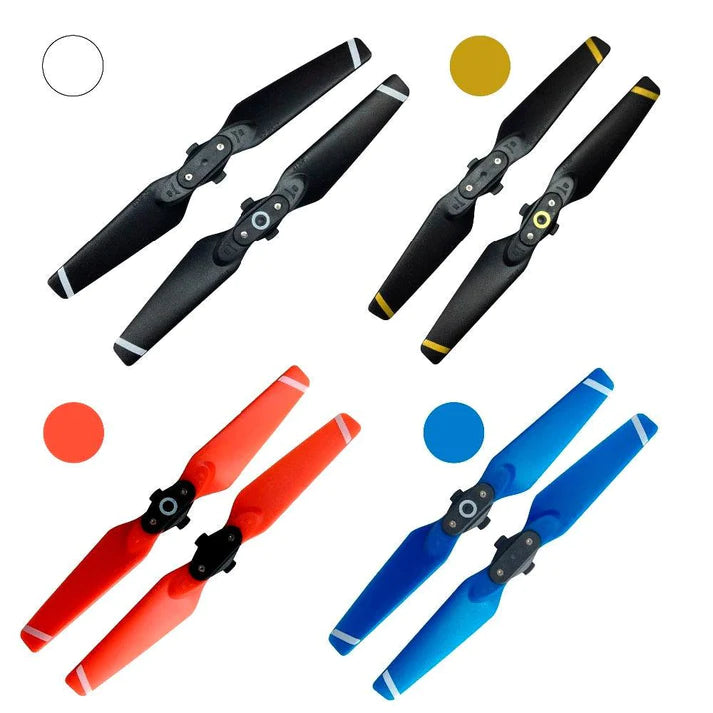
DJI Propeller
Browse our full range of DJI propellers, including quick-release, low-noise, folding, and...
-

MAD Propellers
Discover the full MAD Propellers collection, featuring a wide range of high-performance...
-
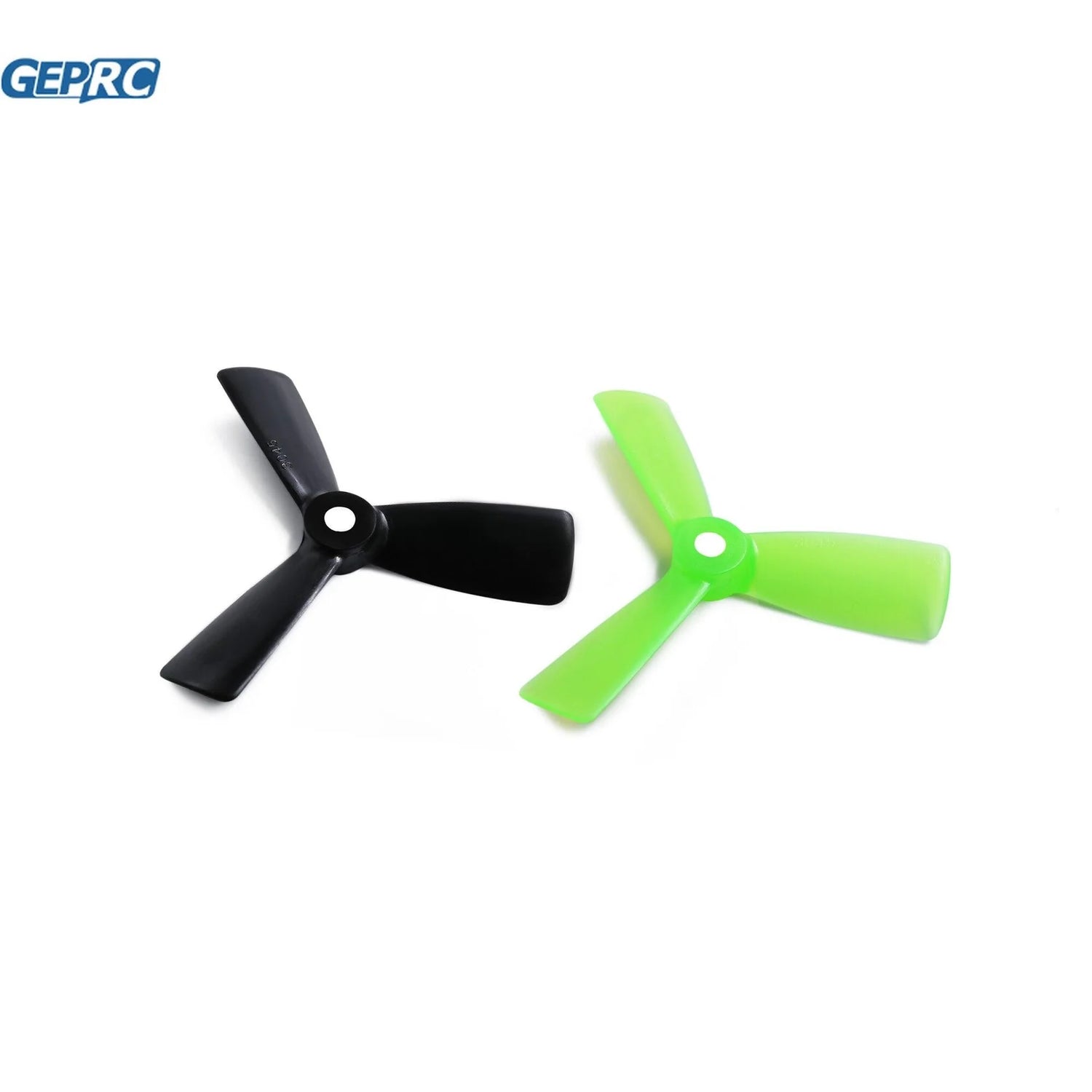
GEPRC Propeller
GEPRC Propellers are engineered for high-performance FPV and freestyle drone applications. With...
-

iFlight Propeller
The iFlight Propeller Collection offers high-performance tri-blade and bi-blade propellers in sizes...
-

FIMI Propeller
FIMI Propellers offer original quick-release, foldable designs tailored for X8 Mini and...
-
Hobbywing 2480 Folding Propeller For X6 plus Motor Power System Combo 30mm Tube E610P X6120 Frame 10kg Agriculture UAV Drone
Regular price From $24.77 USDRegular priceUnit price per -
Original Hobbywing FOC 2388 3090 Propeller 23inch/30inch Folding Propeller CW CCW for X6 X8 Power System for agricultural drone
Regular price From $25.53 USDRegular priceUnit price per -
Hobbywing 4314 Propeller - FOC Folding Carbon Fiber Plastics 4314 Propeller Blade CW CCW for X11 PLUS Motor Power System
Regular price From $38.39 USDRegular priceUnit price per -
Hobbywing FOC 3090 Propeller - Compound Material Folding Propeller 30inch CW CCW For X8 Power System for EFT Agricultural Drone
Regular price From $25.78 USDRegular priceUnit price per -
5PCS AEO New APC Nylon Glass Fiber Electric Propeller - 7X5 8X6 9X6 10X7 11X7 12X6 13X6.5 14X7 Prop For RC Airplane APC
Regular price From $15.54 USDRegular priceUnit price per -
FOC 3411 CW CCW Folding Carbon Fiber Plastics Propeller for Hobbywing X9 Power System Motor for Agricultural Drone
Regular price From $29.44 USDRegular priceUnit price per -
8pcs 8331 Low Noise Propeller for DJI Mavic PRO Platinum Drone Noise Reduction Blade Prop Spare Parts Replacement Accessories
Regular price $12.79 USDRegular priceUnit price per -
HQProp HQ MacroQuad Prop 10X5X3(CW/CCW) Tri-blades Black-Glass Fiber Reinforced Nylon 10 inch propeller for FPV Drone
Regular price $6.90 USDRegular priceUnit price per -
6/12 Pairs Gemfan Hurricane 3016 Propeller - 3 Inch Blade 1.5mm Hole CW CCW Props FPV DarwinFPV Cinewhoop Racing Drone Quadcopter
Regular price From $11.91 USDRegular priceUnit price per -
HQProp 10X4.5R(CW/CCW) Prop - 10 inch 2 Blades Propeller Multi-Rotor Pusher Prop for FPV Drone
Regular price $5.00 USDRegular priceUnit price per -
FOC 36190 CW CCW Folding Carbon Fiber Plastics Propeller for Hobbywing X9 max Power System Motor for Agricultural Drone
Regular price From $35.69 USDRegular priceUnit price per -
Hobbywing 36190 Folding Propeller - Large Drone Propellers 36inch CW CCW X9 Plus Motor with Propeller Agricultural Sprayer Machine
Regular price From $31.76 USDRegular priceUnit price per -
1/2PCS T-MOTOR T1045 II Version (CW+CCW) Propeller Prop fit for AIR GEAR 450 SOLO AIR 2216 KV880 motor
Regular price From $16.29 USDRegular priceUnit price per -
16Pcs FIMI X8 Mini Propeller - RC Drone Accessories Spare Part Quick-release Original X8 mini CW/CCW Propeller Wholesales
Regular price From $15.34 USDRegular priceUnit price per -
HQProp 9X4.5R(CW/CCW) Propeller - HQ Multi-Rotor Pusher Prop 9 inch Propeller for FPV Drone
Regular price $5.00 USDRegular priceUnit price per -
2/6/12Pairs Gemfan Flash 7040 Propeller - 7inch 3-Blade 7X4X3 CW CCW Props For FPV RC Drone Racing Freestyle Long Range Quadcopter
Regular price From $9.95 USDRegular priceUnit price per -
Folding Propeller Shaft Diameter 3.0/3.17/4.0mm Prop - With Plastic Aluminum Alloy Spinner For RC Plane RC Spare Parts
Regular price From $14.10 USDRegular priceUnit price per -
for DJI Mavic 3/3 Classic Carbon Fiber Propellers - Quick Release Blade Props Fan 9453F Propeller Drone Accessories
Regular price From $31.50 USDRegular priceUnit price per -
4/8 Pcs Quick Release Propeller for DJI Mavic 3/3 Cine/3 Classic 9453F Foldable Low Noise Blade Fans Props Drone Accessories
Regular price From $9.89 USDRegular priceUnit price per -
4 Pair 4726 Propeller Props Blade Replacement for DJI Mini 2/SE Drone Light Weight Wing Fans Spare Parts for mini 2/SE Accessory
Regular price From $12.69 USDRegular priceUnit price per -
HQProp HQ MacroQuad Prop 9X4.5X3R(CW/CCW) Black-Glass Fiber Reinforced Nylon 9 inch Propeller for FPV Drone
Regular price $6.90 USDRegular priceUnit price per -
HQProp HQ Pusher Prop 12x4.5R (CW/CCW) 12Inch Carbon fiber Composite Propeller for Multi-Rotor FPV Drone
Regular price $6.90 USDRegular priceUnit price per -
T-Motor P15x5 Prop - (pairs CW+CCW 2 blades) Profession CF prop P15*5" Carbon Fiber Propellers for multicopter
Regular price $77.79 USDRegular priceUnit price per -
FLYWOO Gemfan D51-5 Penta-Blade 51mm Prop 8 Pack - Choose Color
Regular price $5.64 USDRegular priceUnit price per -
DJI Mini 4 Pro / Mini 3 Pro Propeller - Drone Blade Props Replacement for Mini 4/ Mini 3 Pro Drone Light Weight Wing Fans
Regular price From $13.30 USDRegular priceUnit price per -
4/6 Pairs Gemfan Flash 7042 Propeller - 7X4.2 7inch PC 2-blade Props For RC FPV Freestyle Racing Drone Quadcopter Long Range
Regular price From $12.07 USDRegular priceUnit price per -
8/12/16Pairs GEMFAN 2023 2x2.3 3-Blade Propeller - 1.5mm PC Props For RC FPV 1105-1108 Brushless Motor Toothpick Drone Quadcopter
Regular price From $13.50 USDRegular priceUnit price per -
Gemfan D90 Ducted 90mm 3-Blade 3.5inch Propeller - 1.5mm FPV Racing Freestyle iFlight ProTek35 Cinewhoop Drone Replacement Parts
Regular price From $9.27 USDRegular priceUnit price per -
8PCS Replacement Propellers for DJI Mavic Mini Drone Light Weight 4726 Props Blade Accessory Wing Fans Spare Parts
Regular price From $8.55 USDRegular priceUnit price per -
5045 3 blades Bullnose Propeller - 6 / 12 Pairs CW /CCW Propeller for 250 FPV Racing Quadcopter FPV Drone ZMR210 250
Regular price From $13.90 USDRegular priceUnit price per -
Tarot 1552 1555 1655 1760 1865 1965 Drone Propellers (CW+CCW) With Holder
Regular price From $15.00 USDRegular priceUnit price per -
Tarot 15 Inch CF Foldable Propellers (CW+CCW)
Regular price $20.00 USDRegular priceUnit price per -
Gemfan CL 8040 8X4X3 3-Blade 8inch Propeller - X-Class 8inch FPV CW CCW Props for LR8 X-Class FPV RC Cinelifter MAK4 Drones
Regular price $5.10 USDRegular priceUnit price per -
HQProp HQ X-Class Prop 13X9X3V2R(CW/CCW) 13Inch tri-blade Propeller Black-Carbon Reinforced Nylon for FPV Drone
Regular price $15.00 USDRegular priceUnit price per -
4pcs HQ Prop 13X9X3 V2 1309 13inch 3 blade/Tri-blade propeller prop for FPV
Regular price $47.73 USDRegular priceUnit price per -
16pcs/8pairs HQ 3.5x2.5x3 3.5inch Tri-blade/3 blade Propeller prop for FPV part
Regular price $13.21 USDRegular priceUnit price per
















